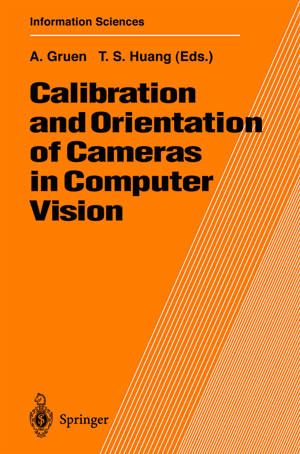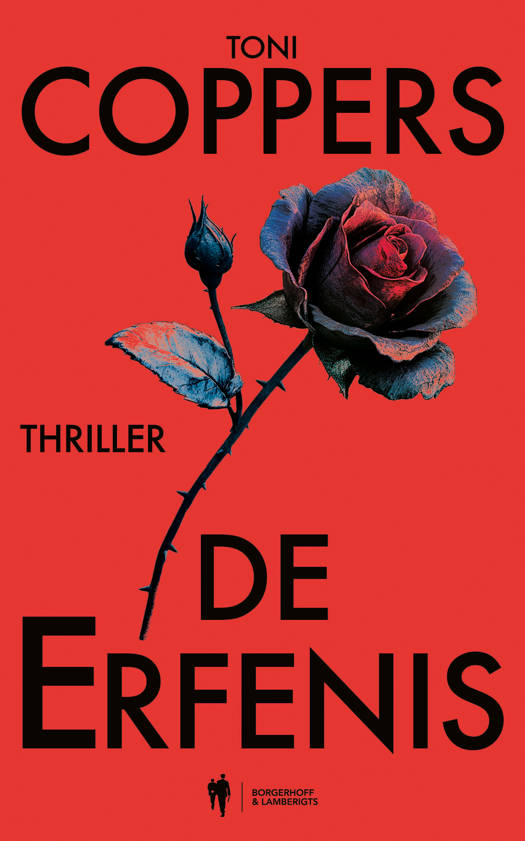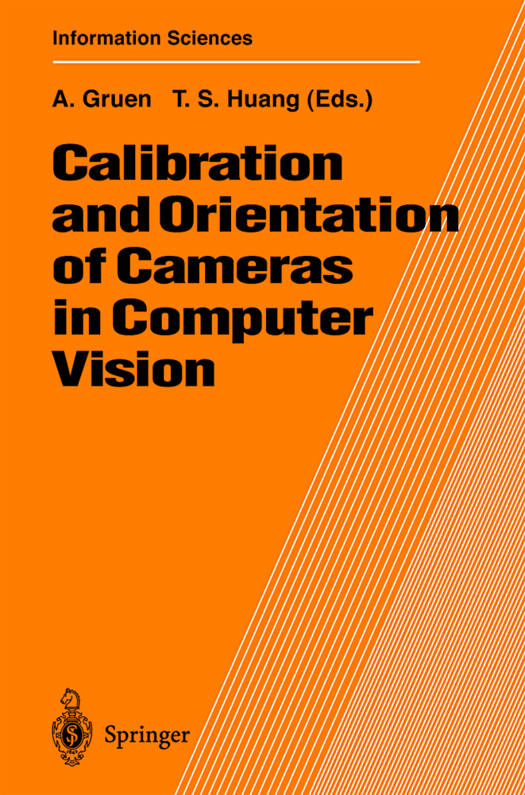
Door een staking bij bpost kan je online bestelling op dit moment iets langer onderweg zijn dan voorzien. Dringend iets nodig? Onze winkels ontvangen jou met open armen!
- Afhalen na 1 uur in een winkel met voorraad
- Gratis thuislevering in België vanaf € 30
- Ruim aanbod met 7 miljoen producten
Door een staking bij bpost kan je online bestelling op dit moment iets langer onderweg zijn dan voorzien. Dringend iets nodig? Onze winkels ontvangen jou met open armen!
- Afhalen na 1 uur in een winkel met voorraad
- Gratis thuislevering in België vanaf € 30
- Ruim aanbod met 7 miljoen producten
Zoeken
Calibration and Orientation of Cameras in Computer Vision
€ 105,45
+ 210 punten
Omschrijving
This book was conceived during the Workshop "Calibration and Orientation of Cameras in Computer Vision" at the XVIIth Congress of the ISPRS (In- ternational Society of Photogrammetry and Remote Sensing), in July 1992 in Washington, D. C. The goal of this workshop was to bring photogrammetry and computer vision experts together in order to exchange ideas, concepts and approaches in camera calibration and orientation. These topics have been addressed in photogrammetry research for a long time, starting in the sec- ond half of the 19th century. Over the years standard procedures have been developed and implemented, in particular for metric cameras, such that in the photogrammetric community such issues were considered as solved prob- lems. With the increased use of non-metric cameras (in photogrammetry they are revealingly called "amateur" cameras), especially CCD cameras, and the exciting possibilities of acquiring long image sequences quite effortlessly and processing image data automatically, online and even in real-time, the need to take a new and fresh look at various calibration and orientation issues became obvious. Here most activities emerged through the computer vision commu- nity, which was somewhat unaware as to what had already been achieved in photogrammetry. On the other hand, photogrammetrists seemed to ignore the new and interesting studies, in particular on the problems of orienta- tion, that were being performed by computer vision experts.
Specificaties
Betrokkenen
- Uitgeverij:
Inhoud
- Aantal bladzijden:
- 236
- Taal:
- Engels
- Reeks:
- Reeksnummer:
- nr. 34
Eigenschappen
- Productcode (EAN):
- 9783540652830
- Verschijningsdatum:
- 6/06/2001
- Uitvoering:
- Hardcover
- Formaat:
- Genaaid
- Afmetingen:
- 156 mm x 234 mm
- Gewicht:
- 530 g

Alleen bij Standaard Boekhandel
+ 210 punten op je klantenkaart van Standaard Boekhandel
Beoordelingen
We publiceren alleen reviews die voldoen aan de voorwaarden voor reviews. Bekijk onze voorwaarden voor reviews.










